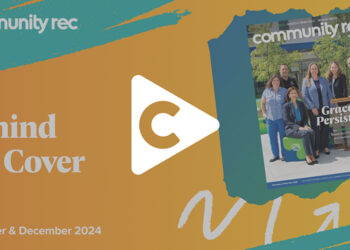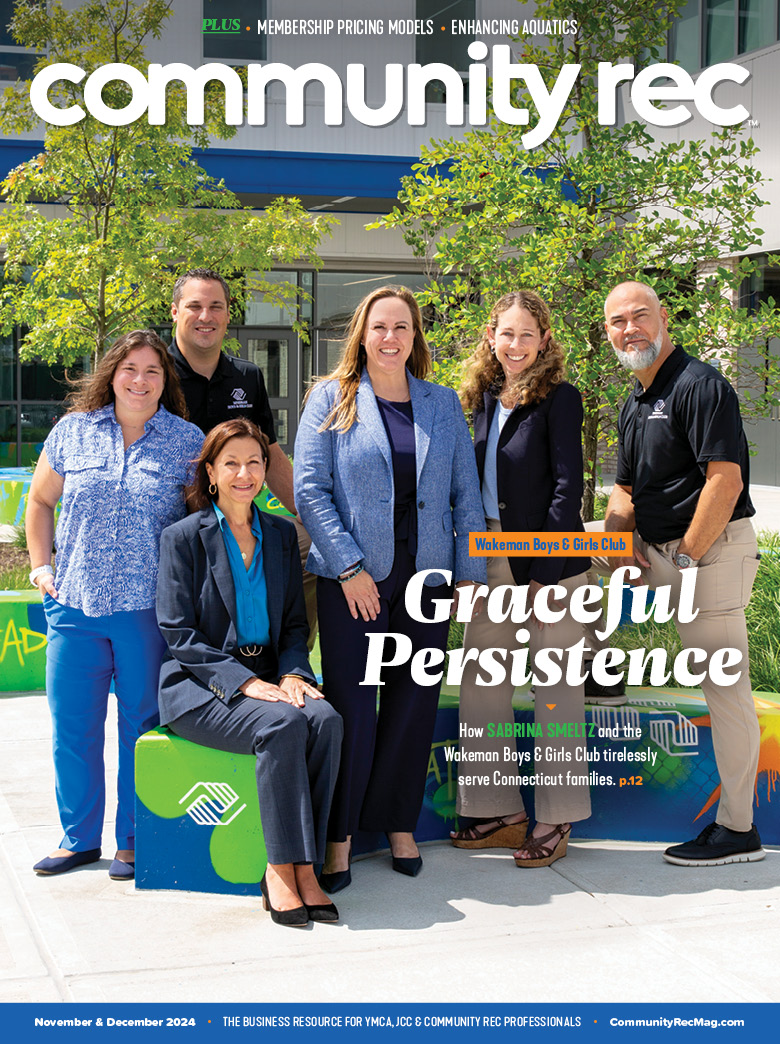Best practices for building an effective family membership model for your organization.
While many are still recovering from the COVID-19 pandemic, the Buckeye Valley Family YMCA is ahead of where they normally are from a revenue standpoint.
Adam Shilling, the chief executive officer, said one of the biggest reasons their memberships remain strong is due to the Y’s successful family model.
“One of the strategies this YMCA has utilized for many years is to really focus on keeping the cost of family memberships low,” said Shilling. “The cost of membership for a family unit has only gone up six dollars across the past 25 years. We have done a really good job finding ways to control cost while also providing great value. When it comes to membership, that’s what it’s all about.”
One strategy the Y uses to control costs and instill value is keeping all rooms accessible for visitors during open hours. This includes multiple basketball and pickleball courts, and the cycling studio. Previously, these areas were only open when a YMCA instructor was present or for youth sports.
To enjoy this value, families in the model pay an annual fee of $862 and a monthly fee of $67. Single parent families pay less at $691 annually and $54 per month.
But reasonable plan prices are far from the only strategy community rec centers can implement to achieve a profitable family model. One example is adding more incentives to the membership plan.
“One of the greatest value-adds to our bundle is access to the outdoor pool in the summer,” said Shilling. “It does not cost anything extra and is something that really helps us. When a lot of Y’s — specifically up north — would see a decline in membership, ours sustained through the summer because of that feature.”
Encouraging locations throughout the Buckeye Valley Family YMCA system to host a family event once a month is another way he said they try to attract more families to the Y.
Shilling insisted making the family membership model attractive is crucial, and it could be beneficial for other community rec centers as well.
“The higher proportion of households that make up our memberships, the stronger our average revenue per unit will be, and the better financial success we will have,” said Shilling. “Membership is the financial engine that fuels all our programs and services. So, having a strong showing in families and households really allows us to serve more people and provide more programs.”
If your family membership model is lacking or falling behind, Shilling advised focusing on recruiting populations within the community who may be underserved by your center.
Learn More: Reevaluating Your Membership Model
Marketing to these groups can be accomplished by utilizing consulting organizations to run primary market analysis and development studies. Shilling added one company they used for such purposes was Greater Than Analytics LLC.
However, he insisted creating solid word of mouth in the community is stronger than any advertisement can be.
“Word of mouth is honestly the best marketing tool the Y is going to have even in this digital day and age,” said Shilling. “Things like refer-a-friend programs or free guest pass Fridays where members are bringing in potential members are really helpful.”
He also theorized income-based pricing could be an effective strategy in reaching isolated populations. However, each center must understand the needs of its community.
“Many YMCAs have a mission that includes spirit, mind and body,” said Shilling. “Take that into examination with your membership program and the services you offer. Make sure your membership model is connected to your mission. As a nonprofit, it’s our job to do what we can.”
Photo courtesy of Buckeye Valley Family YMCA.










